The amazing and mysterious planet Saturn got its name after the Roman God, who was in charge of agriculture. People are striving to study each planet in perfection, including Saturn. After Jupiter, Saturn is ranked the second in the system judging by its dimension.
First of all, you can easily see this amazing planet using a conventional telescope.
Hydrogen and helium are the main constituent elements of this interesting planet. That is why life on the planet suits well for those who breathe oxygen.
Further, we offer you to read in this article more interesting facts about the planet Saturn:
1. On Saturn, there are seasons (as well as on the planet Earth).
2. A “season” on Saturn lasts more than 7 years.
3. The planet Saturn has a shape of an oblate ball. The fact is that Saturn rotates so fast around its axis that it flattens itself.
4. Saturn is the planet with the lowest density in the entire Solar System.
5. The density of Saturn is only 0.687 g/cm3 (0.0248 lb/cu in), while the Earth has a density of 5.514 g/cm3 (0.1992 lb/cu in).
6. The planet has 63 satellites.
7. Many ancient astronomers believed that the rings of Saturn were its satellites. Galileo was the first who told about this.
8. The scientists first discovered the rings of Saturn in 1610.
9. Space ships have been on Saturn only 4 times.
10. It is still unknown how long a day lasts on this planet. However, many scientists assume that it is just over 10 hours.
11. One year on this planet equals to 30 years on Earth
12. When the seasons change, the planet changes its color.
13. Saturn’s rings sometimes disappear. The fact is that you can see only the edges of the rings that are hard to notice when they are inclined.
14. You can see Saturn through a telescope.
15. Scientists have not found out when its rings started their formation.
16. Saturn’s rings have bright and dark sides. At the same time, on Earth, we see only bright sides.
17. Saturn is the second largest planet in the Solar System.
18. Saturn is the sixth planet from the Sun.
19. Saturn has its own symbol that is a sickle.
20. Saturn consists of water, hydrogen, helium, methane.
21. The magnetic field of Saturn extends by 1,000,000 kilometers (621,371 miles).
22. The rings of this planet consist of pieces of ice and dust.
23. The interplanetary station Cassini was in the orbit of Saturn for almost 20 years (1997-2017). Total spacecraft Cassini’s Mission Time: 19 years, 11 months, 0 days, 3 Hours, 12 Minutes and 46 Seconds.
24. This planet mostly consists of gases and practically does not have a solid surface.
25. The mass of Saturn exceeds the mass of our planet by more than 95 times.
26. In order to get from Saturn to the Sun you have to overcome only 1430 million km (891 million miles).
27. Saturn is the only planet that rotates around itself faster than around its orbit.
28. Besides, the wind speed on this planet sometimes reaches 1,800 km / h (1,118 mph).
29. This is the windiest planet, because it is due to its rapid rotation and internal heat.
30. Saturn is the complete opposite of our planet
31. Saturn has its own core, which consists of iron, ice and nickel.
32. The rings of this planet are more than a kilometer in width (more than 0.62 mile).
33. Furthermore, if you put Saturn down in water, it can float in it, because its density is 2 times lower than the density of water.
34. Besides, you can see the northern lights on Saturn.
35. The name of the planet comes from the name of the Roman god of agriculture.
36. The planet’s rings reflect more light than its disk.
37. The shape of the clouds above this planet resembles a hexagon.
38. Saturn’s magnetic axis is inclined like the Earth’s dipole.
39. At the north pole of Saturn, there are strange clouds that resemble a black vortex.
40. Saturn has a satellite Titan, which in turn is the second largest in the universe.
41. Meanwhile, scientists named the rings of the planet in alphabetical order, and in the order in which they were discovered.
42. Hence, the main rings are A, B and C.
43. The spacecraft first visited the planet in 1979.
44. One of the satellites of this planet, Iapetus, has an interesting structure. From one side it is black as velvet, from another it is white as snow.
45. Voltaire was the first one who mentioned Saturn in literature in 1752.
46. Furthermore, scientists recorded the lowest temperature in the whole Solar system exactly on this planet.
47. The total width of the rings is 137,000,000 kilometers (85,127,853 miles).
48. Saturn’s satellites mostly consist of ice
49. There are two types of satellites of this planet – regular and irregular.
50. There are only 23 regular satellites to date, and they rotate in orbits located near Saturn.
51. Irregular satellites rotate on the outstretched orbits of the planet.
52. Some scientists believe that this planet has recently captured irregular moons, since they are located far from it.
53. Satellite Iapetus (Japetus) is the oldest in this planet.
54. Satellite Tethys (Saturn’s fifth largest moon) differs by its huge craters.
55. Saturn is recognized as the most beautiful planet of the Solar System.
56. Some astronomers suggest that there is life on one of the moons of the planet, which is called Enceladus.
57. They found a source of light, water and organic substances on Enceladus.
58. Stargazers believe that more than 40% of the satellites of the solar system rotate exactly around this planet.
59. Scientists suppose that Saturn was formed more than 4.6 billion years ago.
60. In 1990, scientists observed the largest storm in the entire universe, which was just happening on Saturn and got the name as the Great White Spot (or Great White Oval).
61. Saturn is recognized as the lightest planet in the entire Solar System.
62. The parameters of gravity on Saturn and Earth are different. For example, if the Earth’s mass is 80 kg (13 st), then on Saturn it will reach 72.8 kg (11 st).
63. The surface temperature of the planet is – 173 ℃ (- 280 °F).
64. The temperature of the planet’s core reaches 11,700 ℃ (21,000 °F).
65. The closest neighbor of Saturn is Jupiter
66. Gravity on this planet is 10.44 m/s2 (34.3 ft/s2), while on Earth it is 9.80665 m/s2 (32.1737 ft/s2).
67. The most remote moon from Saturn is Phoebe, which is located at a distance of 12,952 thousand kilometers (8,048 thousand) miles.
68. The mission in the ESA called Herschel discovered at once two moons of Saturn, such as Mimmas and Etzelad. That happened in 1789.
69. The spacecraft Cassini discovered at once four moons of this planet: Iapetus, Rhea, Tethys and Dion.
70. Every 14-15 years you can see the edges of the rings of Saturn due to the inclination of the orbit.
71. In addition to the rings, it is customary in astronomy to separate the gaps between them, which also have names.
72. It is accepted to divide in addition to the main rings, those that consist of dust.
73. In 2004, when the sophisticated spacecraft Cassini flew for the first time between the rings F and G, it received more than 100,000 strokes with micrometeorites.
74. According to the new model, Saturn’s rings were formed as a result of the destruction of moons.
75. The youngest Saturn’s moon is Helene, which was discovered in 1980.
76. The first spacecraft that visited Saturn was Pioneer, followed by Voyager 1 and Voyager-2 in a year.
77. In Indian astronomy, Saturn is commonly called Shani (शनि, Śani), as one of the nine celestial bodies.
78. The rings of Saturn in the story of Isaac Asimov with the title “The Path of the Martian”, become the main source of water for the Martian colony.
79. In the Japanese cartoon “Pretty Guardian Sailor Moon “, the planet Saturn personifies a female warrior of death and rebirth.
80. The weight of the planet is 5.6834×1026 kg (1.2530×1027 lb).
81. Johannes Kepler while translating Galileo’s conclusions about Saturn made mistakes and decided that he had discovered two moons of Mars, instead of the rings of Saturn. Confusion was resolved only 250 years later.
82. The total mass of the rings is estimated to be about 3 × 1019kg (6.6 × 1019 lbs).
83. The speed of the orbit is 9.69 km / s (15.59 miles per second).
84. The distance from Saturn to Earth is 1.2 billion kilometers (746 million miles).
85. The first cosmic velocity of the planet is 35.5 km / s (22 mps)
86. Such planets as Jupiter, Uranus and Neptune as well as Saturn have rings. However, all scientists and astronomers have agreed that only the rings of Saturn are unusual.
87. It is interesting that the word “Saturn” in English has the same root with the word “Saturday”.
88. The yellow and gold stripes that can be seen on the planet are the result of constant winds.
89. Another interesting fact is that Saturn is 13,000 km (8,000 miles) wider in the equator than between the poles.
90. Nowadays, the most heated and zealous disputes between scientists happen just because of the hexagon that arose on the surface of Saturn.
91. Even more, many scientists have argued repeatedly that the core of Saturn is much larger and more massive than the core of Earth; however, no one has not yet mentioned the exact figures.
92. Once, scientists had stated that there had been needles in the rings. However, later it turned out that these were only electrically charged layers of particles.
93. The size of the polar radius on the planet Saturn is about 54,364 km (33,780 miles).
94. Therefore, equatorial radius of the planet is 60,268 km (37,449 miles).
95. Another interesting fact is that two moons of Saturn: Pan and Atlas have the shape of a flying saucer.
96. Many astronomers believe that Saturn, as one of the most massive planets, influenced the structure of the solar system. Due to gravitational attraction, it is possible that Saturn rejected Uranus and Neptune.
97. Even more, some so-called “dust” (icy particles) on the rings of Saturn reaches the size of the house.
98. You can only see the moon Iapetus, when it is on a certain side of the planet.
99. In 2017, scientists got the full seasonal data on Saturn (each season lasts more than 7 years at Saturn).
100. Above all, according to some sources, Saturn is similar in composition to the Sun.

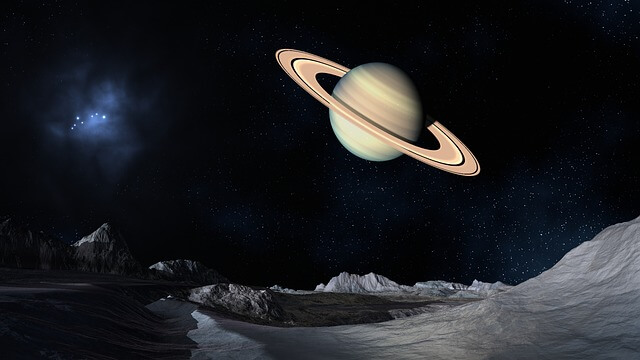

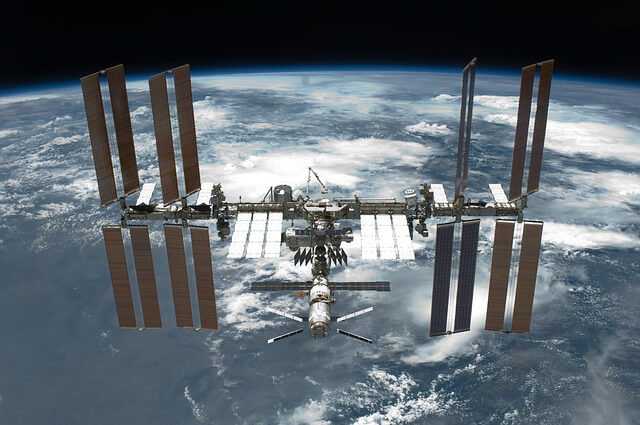
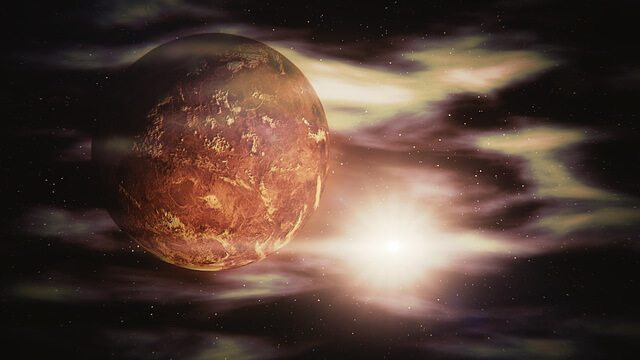
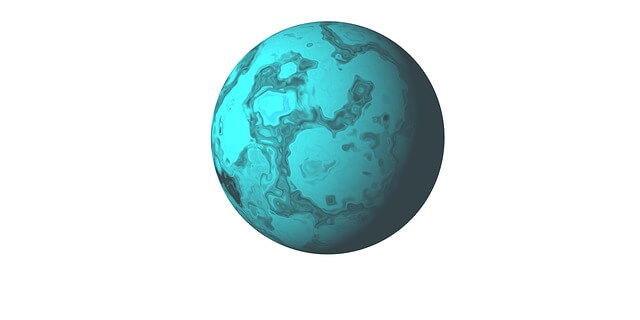
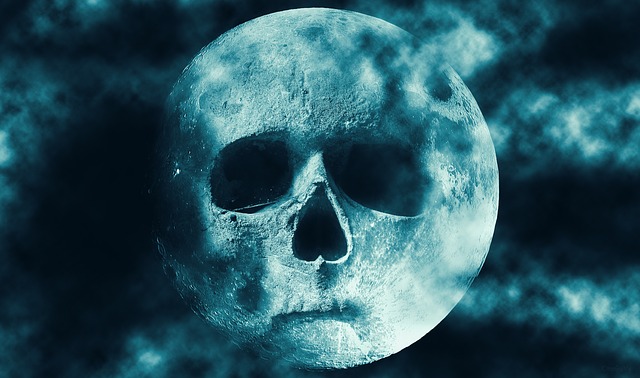


Thanks
bing sucks




